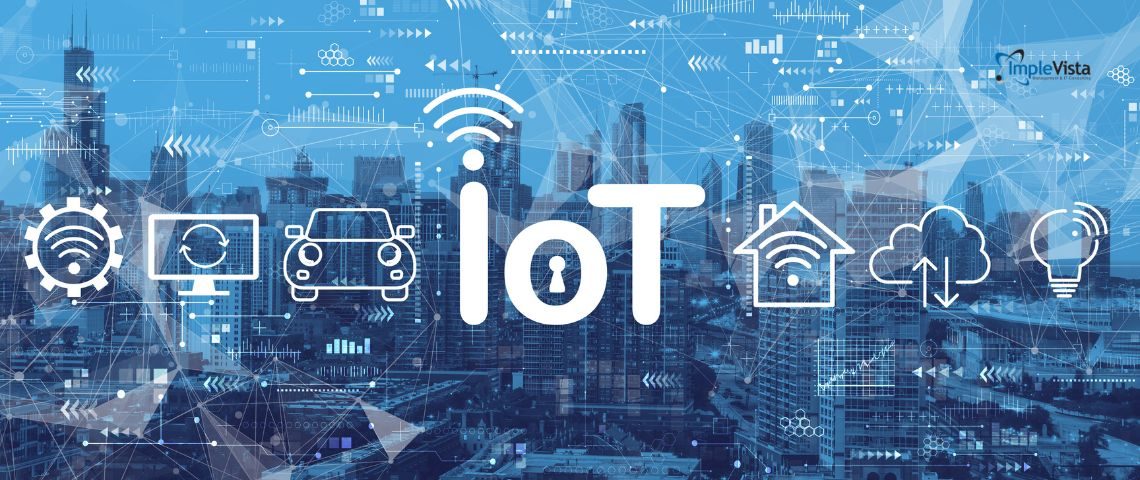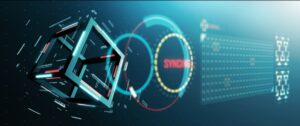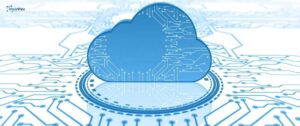The Internet of Things (IoT) is rapidly changing the way we interact with the world. IoT enables devices to collect, share, and act on data from smart homes to connected factories, making everyday tasks more efficient and automated.
IoT software development is at the heart of this innovation, which involves creating the software that powers connected devices and manages communication between them. As IoT continues to expand across industries, building secure, scalable, and intelligent software has become essential.
What Exactly is IoT Software Development?
Think of a smart home system. The software powering the smart thermostat, the security cameras, and the voice assistant all fall under the umbrella of IoT software development. These systems need to seamlessly communicate with each other, process real-time data, and respond intelligently to user commands or environmental changes.
IoT software development involves creating applications and systems that enable devices to connect, communicate, and perform intelligent actions based on real-time data. This encompasses a wide range of technologies, including:
- Embedded Systems: Software that runs on microcontrollers and processors within IoT devices.
- Cloud Platforms: Services that store, process, and analyze data from IoT devices.
- Connectivity Protocols: Communication standards like MQTT, CoAP, and HTTP that facilitate device-to-device and device-to-cloud interactions.
- Data Analytics: Tools and algorithms that derive actionable insights from the vast amounts of data generated by IoT devices.
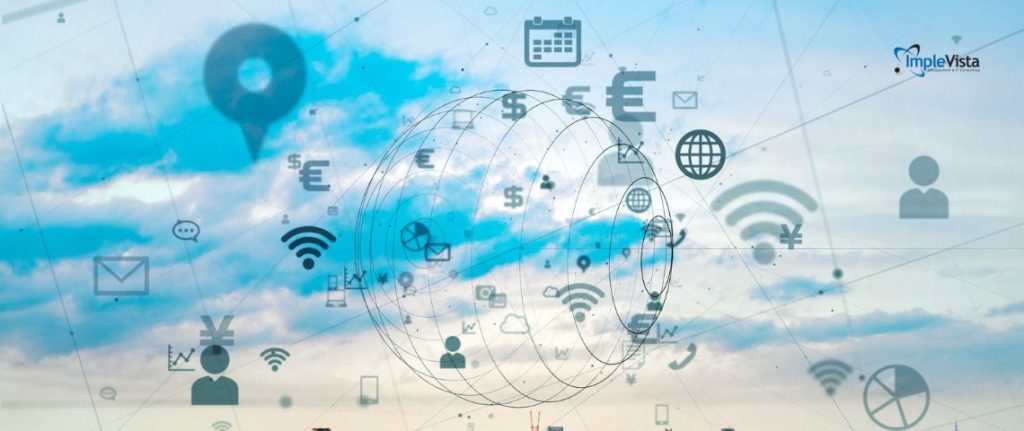
Why is IoT Software Development Crucial?
The circulation of connected devices is reshaping industries and everyday life.
Globally, the number of connected IoT devices is projected to reach over 75 billion by 2025 (Statista).
This exponential growth underscores the increasing importance of robust IoT software development, which is the backbone of this revolution, enabling businesses to:
- Gain valuable insights: By collecting and analysing data from connected devices, businesses can gain a deeper understanding of their operations, customer behaviour, and market trends.
- Automate processes: IoT software can automate tasks, improve efficiency, and reduce operational costs.
- Enhance user experiences: Smart devices can offer personalised and intuitive experiences, leading to increased customer satisfaction.
- Develop new business models: IoT opens doors to innovative services and revenue streams.
- Improve decision-making: Real-time data and analytics empower businesses to make informed decisions quickly.
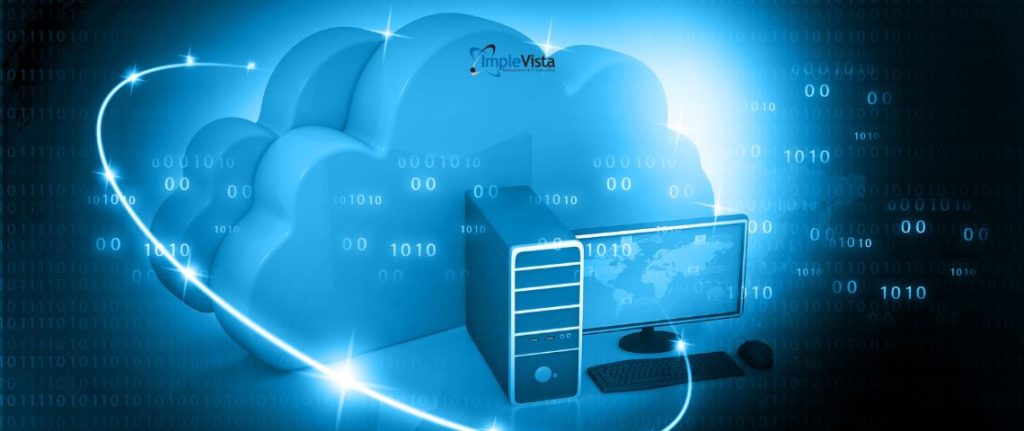
Key Stages in IoT Software Development
The process of IoT software development typically involves several key stages:
- Planning and Requirements Gathering: This initial phase involves defining the project scope, identifying the target audience, outlining the desired functionalities, and determining the hardware and software requirements. Understanding the specific use case and the data to be collected is crucial.
- Device Software Development (Firmware): This stage focuses on creating the software that runs directly on the IoT devices themselves. This firmware is responsible for tasks such as sensor data acquisition, local processing, and communication with other devices or the cloud. Embedded programming languages like C, C++, and MicroPython are commonly used here.
- Connectivity and Networking: Establishing reliable communication channels between devices, gateways, and the cloud is paramount. This involves selecting appropriate network protocols (e.g., Wi-Fi, Bluetooth, Zigbee, LoRaWAN, cellular) and ensuring secure data transmission.
Analysts predict that LPWAN (Low Power Wide Area Network) technologies like LoRaWAN and NB-IoT will account for over 50% of all IoT network connections by 2025 (Ericsson).
- Cloud Platform Integration: Most IoT solutions rely on cloud platforms for data storage, processing, analytics, and application management. Choosing the right IoT development platforms (like AWS IoT Core, Azure IoT Hub, and Google Cloud IoT Platform) is critical for scalability and reliability.
- Application Development: This involves building user-facing applications (web or mobile) that allow users to interact with the Iot system, visualise data, and control devices. This often utilises shared web and mobile development frameworks.
- Data Analytics and Visualisation: Extracting meaningful insights from the vast amounts of data generated by Iot devices is a key objective. This stage involves implementing data processing pipelines, applying analytics algorithms, and creating dashboards for data visualisation.
- Security Implementation: Addressing IoT security challenges is non-negotiable. Security must be integrated at every stage of development, from securing the devices themselves to protecting data in transit and at rest.
- Testing and Deployment: Rigorous testing is essential to ensure the reliability, performance, and security of the IoT solution. Deployment involves setting up the infrastructure and rolling out the software to the target devices and users.
- Maintenance and Updates: IoT systems require ongoing maintenance, including bug fixes, security updates, and feature enhancements. Over-the-air (OTA) updates are crucial for managing a large fleet of connected devices.
Navigating the Landscape of IoT Development Platforms
Choosing the right IoT development platforms can significantly impact the success of your project. These platforms provide a range of services and tools to streamline development, deployment, and management. Some popular iot development platforms include:
- AWS IoT Core: A comprehensive platform offering device management, data ingestion, processing, and analytics services.
- Azure IoT Hub: Microsoft’s scalable and secure platform for connecting, monitoring, and managing IoT assets. Azure is a strong contender in the enterprise IoT space.
- Google Cloud IoT Platform: A suite of services for securely connecting and managing devices and analyzing IoT data.
- ThingsBoard: An open-source Iot platform for data collection, processing, visualisation, and device management.
- Node-RED: A visual, flow-based programming tool for wiring together hardware devices, APIs, and online services.
When selecting a platform, consider factors such as scalability, security features, pricing, ease of use, integration capabilities, and your project’s specific requirements.
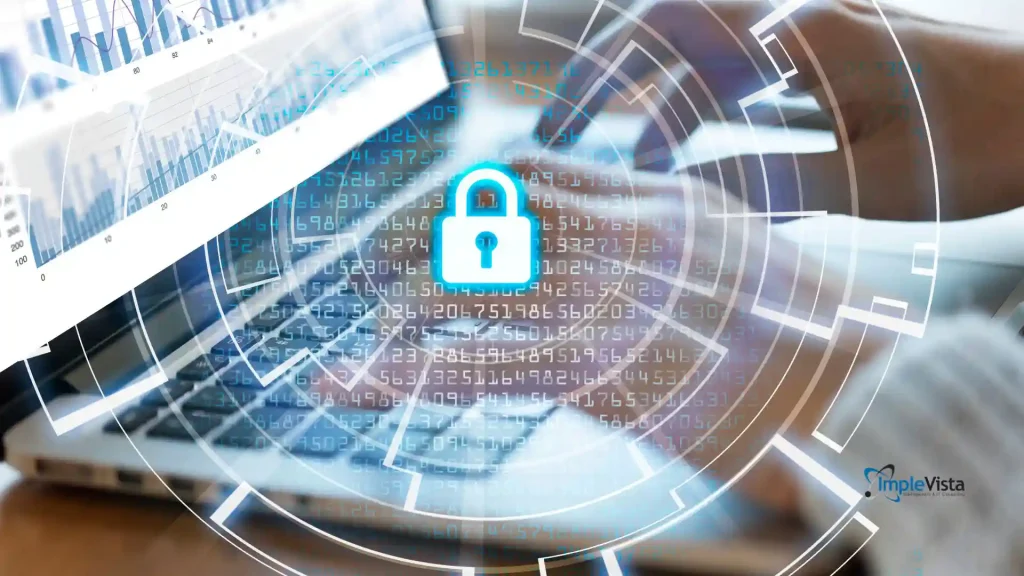
Addressing IoT Security Challenges
IoT security challenges are a significant concern due to the interconnected nature of these systems and the potential impact of security breaches. The number of cyberattacks targeting IoT devices increased by over 300% in 2023 (Kaspersky). Some common iot security challenges include:
- Device Security: Many IoT devices have limited processing power and memory, making it challenging to implement robust security measures. Attackers can exploit vulnerabilities in device firmware.
- Network Security: Data transmitted between devices and the cloud can be intercepted if not adequately secured. Weak network configurations and insecure protocols pose significant risks.
- Data Security: Protecting sensitive data collected by IoT devices is crucial. This includes ensuring data confidentiality, integrity, and availability both in transit and at rest.
- Authentication and Authorisation: Securely identifying and authenticating devices and users is essential to prevent unauthorised access and control.
- Software Vulnerabilities: Like any software, IoT applications and cloud platforms can have vulnerabilities that attackers can exploit. Regular security audits and updates are necessary.
- Physical Security: In some cases, physical access to devices can lead to security breaches. Tamper-proofing and secure deployment are essential considerations.
Addressing these IoT security challenges requires a multi-layered approach, incorporating security best practices at every stage of the IoT software development lifecycle. This includes secure coding practices, strong authentication mechanisms, encryption, regular security updates, and robust vulnerability management.
Essential Programming Languages and Technologies for IoT Development
The choice of programming languages and technologies for IoT software development depends on the specific layer of the architecture you are working on.
Here are the essential programming languages and technologies for IoT development:
Device Level (Firmware):
- C/C++
- MicroPython
Connectivity and Networking:
- MQTT
- CoAP
- Wi-Fi
- Bluetooth
Cloud Level:
- Python
- Java
- Node.js
Application Level (Web/Mobile):
- JavaScript
- Swift/Kotlin
- Python
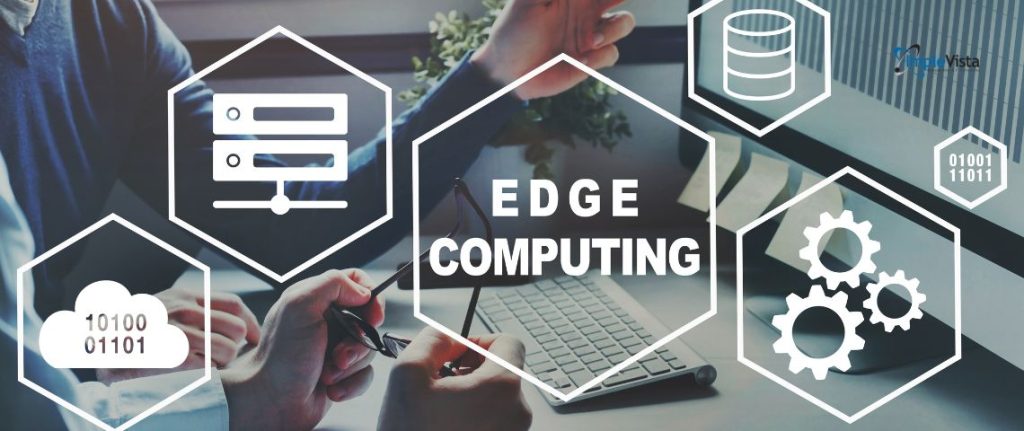
The Future of IoT Software Development
The field of iot software development is constantly evolving. We can expect to see several key trends shaping its future:
- Edge Computing: Processing data closer to the source (on the devices or local gateways) to reduce latency, improve real-time responsiveness, and conserve bandwidth.
“Analysts predict that over 50% of enterprise-generated data will be processed at the edge by 2025.” — Gartner
- Artificial Intelligence and Machine Learning (AI/ML) Integration: Embedding AI/ML algorithms into IoT devices and cloud platforms to enable intelligent decision-making, predictive maintenance, and personalized experiences.
- Low-Code/No-Code Platforms: These platforms make IoT software development more accessible to non-programmers through visual development tools and pre-built components, accelerating the development process and democratizing IoT adoption.
- Digital Twins: Creating virtual representations of physical assets, processes, or systems to enable simulation, monitoring, and optimization, leading to improved efficiency and reduced costs.
- Increased Focus on Security: With the growing number of connected devices and the increasing sophistication of cyber threats, security will remain a top priority in iot software development, driving the adoption of advanced security solutions and best practices.
- Interoperability and Standardisation: Efforts to establish common standards and protocols to improve the interoperability of IoT devices and platforms, facilitating seamless data exchange and integration across different ecosystems.
Why IoT Matters for Businesses
The Internet of Things (IoT) is revolutionising how businesses operate by enabling smarter, faster, and more efficient processes. Here’s how:
- Boosts Efficiency: IoT automates tasks and monitors operations in real time, reducing manual work and improving productivity.
- Real-Time Insights: Connected devices collect and analyse data instantly, helping businesses make informed, data-driven decisions.
- Enhances Customer Experience: Smart devices personalise services, track deliveries, and improve customer engagement and satisfaction.
- Cuts Costs: IoT optimizes energy usage, reduces waste, and streamlines operations—saving money across departments.
- Enables Predictive Maintenance: Sensors detect equipment issues early, helping prevent breakdowns and reducing costly downtime.
- Improves Supply Chain: Track shipments, monitor conditions, and manage inventory with real-time visibility and accuracy.
- Gives Competitive Edge: IoT helps businesses innovate faster, respond quickly to changes, and stay ahead in their industry.
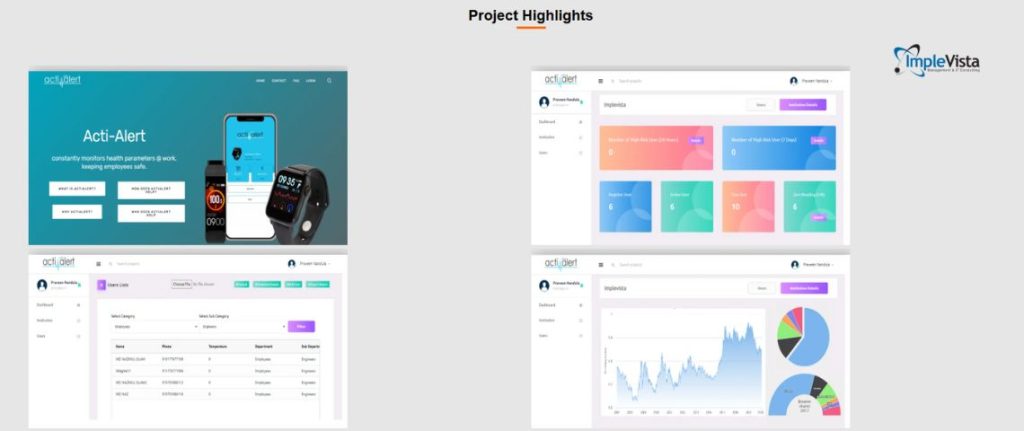
Implevista: Your Partner in IoT Software Development
At Implevista, located in Dhaka, Bangladesh, we possess the expertise and experience to guide you through the complexities of IoT software development.
Here are the key details about Implevista’s IoT solutions, presented as bullet points:
- Implevista offers IoT solutions aimed at simplifying and enhancing business operations.
- They provide strategic guidance on adopting IoT technologies.
- Their goal is to help businesses identify IoT investments that drive revenue and growth.
- Services include enhancing brand strategy through IoT integration.
- They assist in optimising business structures using Iot.
- Implevista develops technology strategies that are aligned with organisational goals.
- They help plan and validate IoT ideas to meet industry standards.
- They specialise in creating connected factories.
- Their solutions enable the development of competent workforces.
- They facilitate the creation of smart assets.
- Implevista helps transform existing products into innovative, connected products.
- They offer solutions for automating building functionalities.
Actialert: Implevista’s IoT Smartwatch Revolutionizing Health and Safety Monitoring
Implevista’s Actialert Smart Watch represents a significant advancement in IoT-enabled wearable technology designed to enhance personal health monitoring and safety. This innovative device integrates various sensors, such as ECG and PPG, to continuously monitor vital signs like heart rate and rhythm. Utilising machine learning algorithms, the smartwatch can detect anomalies indicative of potential health issues, such as heart attacks, and initiate immediate emergency responses by alerting designated contacts and sharing the user’s GPS location. The Actialert Smart Watch exemplifies Implevista’s commitment to developing intelligent, real-time solutions that prioritise user well-being and proactive healthcare management.
👉For more details: https://implevista.com/case-study/actialert-iot-smart-watch-for-future
Frequently Asked Questions (FAQs) about IoT Software Development
Q: What are the fundamental components of an IoT system that require software development?
A: The key components include the device firmware (for data acquisition and control), the network infrastructure (for communication), the cloud platform (for data storage, processing, and analytics), and the user applications (for interaction and visualisation). IoT software development is crucial for each of these layers to function seamlessly.
Q: What programming languages are most commonly used in IoT software development?
A: C/C++ and MicroPython are popular for device-level programming. Python, Java, and Node.js are widely used for cloud-based development. JavaScript, Swift, and Kotlin are common for building user applications.
Q: How can businesses ensure the security of their IoT solutions?
A: Implementing security best practices at every stage of IoT software development is essential. This includes secure coding, strong authentication, encryption, regular security updates, and proactively addressing IT security challenges.
Q: What are some popular iot development platforms available?
A: Some leading IoT development platforms include AWS IoT Core, Azure IoT Hub, Google Cloud IoT Platform, ThingsBoard, and Node-RED. The best choice depends on the specific project requirements and scalability needs.
Q: What is the role of data analytics in IoT software development?
A: Data analytics is crucial for extracting meaningful insights from the vast amounts of data generated by IoT devices. Iot software development includes building data processing pipelines, implementing analytics algorithms, and creating visualisations to support informed decision-making.
Q: What are some of the biggest IoT security challenges that developers face?
A: Some significant Iot security challenges include securing resource-constrained devices, protecting data in transit and at rest, ensuring strong authentication and authorisation, and addressing software vulnerabilities.
Q: What are some long-tail keywords related to IoT software development?
A: Examples of long-tail keywords include “how to choose IoT development platforms,” “best practices for IoT security challenges,” “IoT development platforms for beginners,” and “cost of IoT software development.”
Q: How does edge computing impact iot software development?
A: Edge computing shifts some data processing and computation closer to the devices, reducing latency and improving real-time responsiveness. This requires developers to build software that can run efficiently on resource-constrained edge devices.
Q: What is the importance of OTA updates in iot software development?
A: Over-the-air (OTA) updates are crucial for managing and maintaining a large fleet of connected devices. They allow for bug fixes, security patches, and feature enhancements to be deployed remotely without requiring physical access to each device.
Q: How can Implevista help with iot software development projects?
A: Implevista offers comprehensive iot software development services, including consulting, planning, design, development, testing, deployment, and ongoing support. Our experienced team in Dhaka, Bangladesh, can help businesses leverage the full potential of IoT.
The future is undeniably connected, and IoT software development is at the heart of this digital transformation. Whether you’re a startup or an enterprise, investing in reliable, secure, and scalable IoT solutions is essential. At Implevista, we help businesses in Bangladesh and beyond harness the true power of the Internet of Things.
Ready to unlock the potential of IoT for your business? Contact Implevista today for a consultation and let our expert team in Dhaka, Bangladesh, help you navigate the world of IoT software development. Visit our website or call us to learn more about our services.

